
todays bird: this great grey owl!

todays bird: this great grey owl!
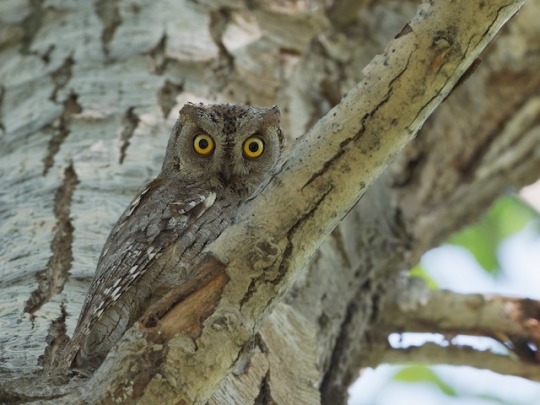

the eurasian scops-owl is found throughout southern europe and asia, with a wintering range in part of africa. the owl has several possible colors, in varying shades of grey and brown. they also feature small earlike tufts on the top of their head, though their real ears are on the sides of their head. their call is similar to that of a toad that shares their range, the midwife toad. though they are nocturnal like other owls, unlike most other species a large portion of their diet comes from insects.
(x)
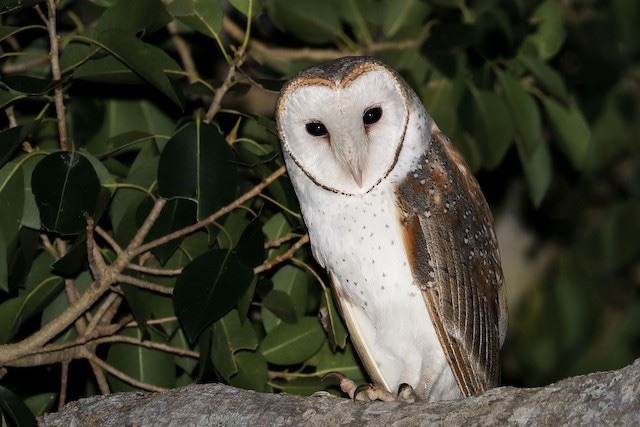
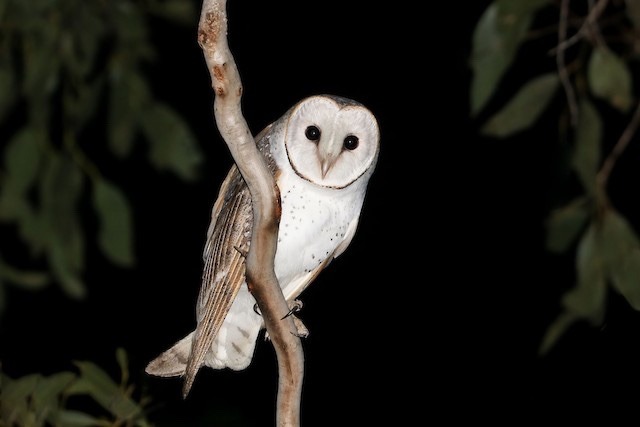
the barn owl is the most widespread owl in the world and one of the most widespread birds, found on every continent except antartica. barn owls are nocturnal and feed mainly on small rodents such as mice, but will also eat birds and reptiles.
(x)
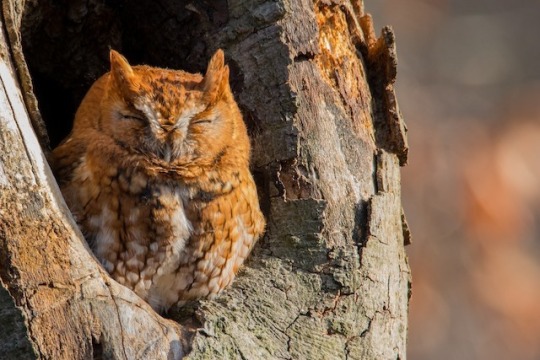
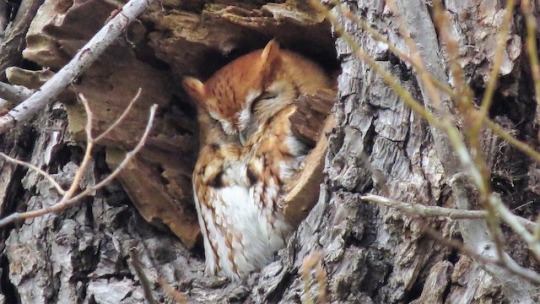
the eastern screech owl is native to the eastern portion of north america (the majority of their range is in the united states). they typically build their nests in hollow tree trunks, but may improvise in suburban habitats. the eastern screech owl has several color variations, such as rufous, gray, and brown, but all are the same species. (the bird pictured is a rufous morph.)
(x)

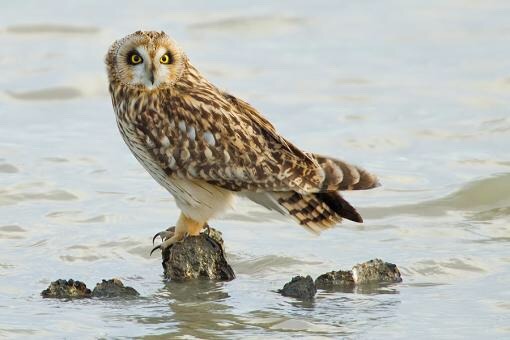
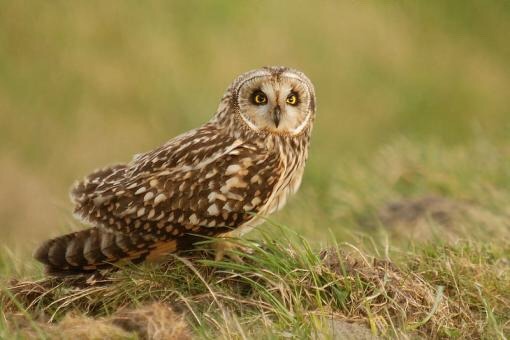
the short eared owl is native to every continent except for australia and antartica. the tufts, earlike in appearance, that give the owl its name are not always visible and are typically displayed when the owl feels defensive.
(x)
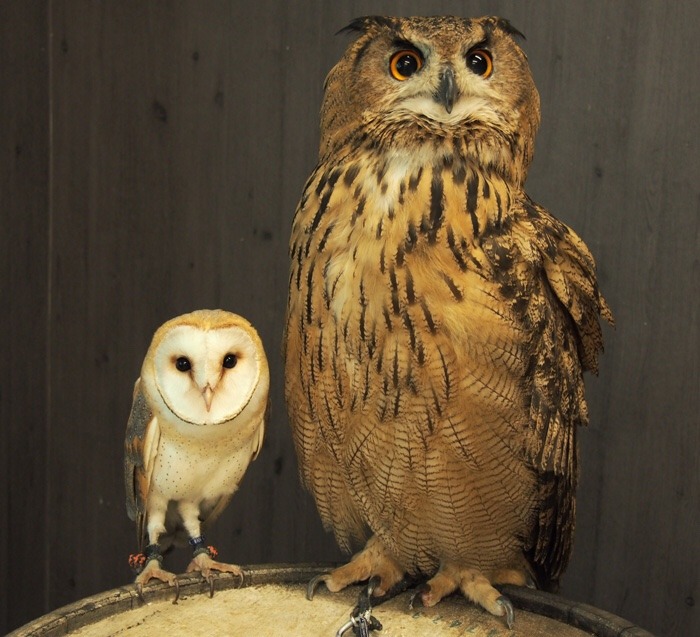
a barn owl perched next to an eagle owl. the owl family is varied and has all different shapes and sizes. however, typically friendly interactions like this only occur in captivity – naturally, owls tend to only associate among their own species.
(x)
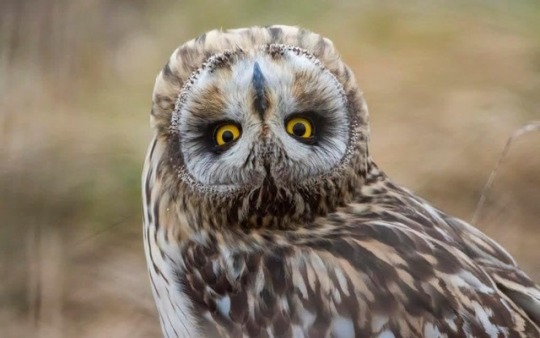
a short eared owl tilting its head to look behind itself. owls can turn their heads almost 270 degrees. they are one of the few birds with both eyes facing forward, and they have a limited range of vision, so their ability to twist and turn their heads in bizarre ways compensates for their limitations.
(x)
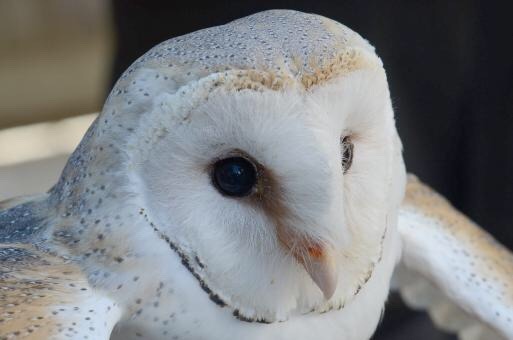
the barn owl (tyto alba) is the most widespread owl in the world, found on part of every continent besides antartica.
the barn owl, like most owls, is mainly nocturnal. they prey on rodents, birds, reptiles, amphibians, and insects, though rodents by far make up the largest percentage of their diet overall. small prey is usually ripped into chunks and swallowed, and inedible bits are regurgitated in the form of a pellet. larger prey is usually eaten more carefully, with inedible pieces discarded. a common misconception is that barn owls prey often on domestic pets, but attacks on cats and small dogs are fairly rare.

over the barn owl’s vast range, various subspecies and color differences are noted.
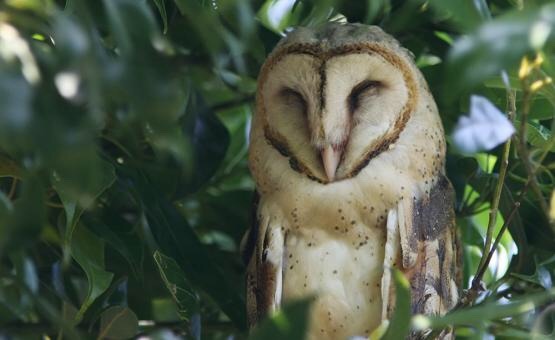

barn owls nest in cavities in trees, old buildings, and indents in cliff faces. they will also nest in man-made nest boxes. as they are an effective form of natural pest control, some farmers encourage them to nest near their fields with nest boxes.
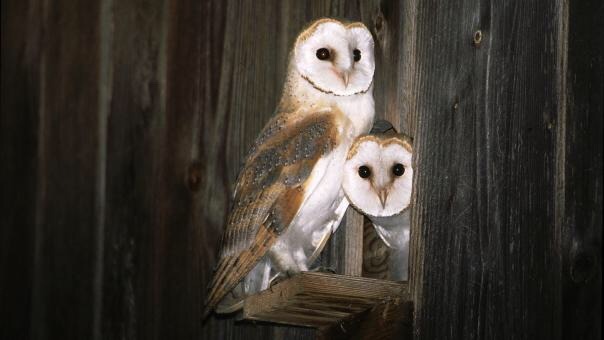
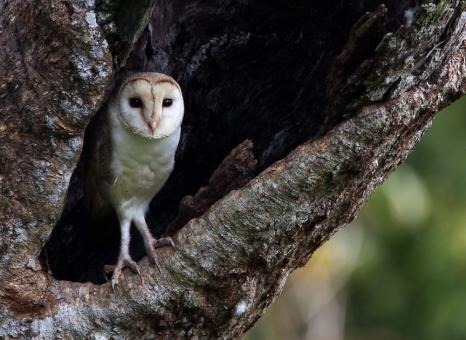
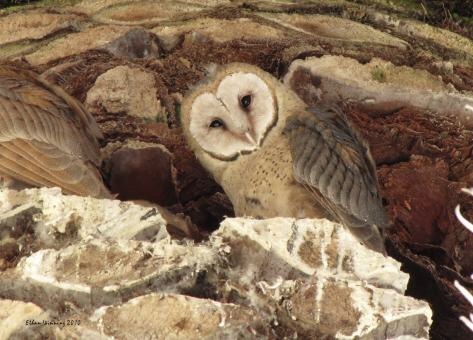
barn owls are currently rated least concern by the iucn, as they are widespread and have healthy population numbers. in areas where they are scarce, landowners can put up nest boxes to encourage breeding.
source: (x)





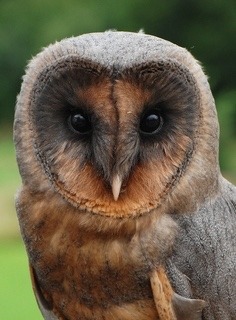
this is ashley the barn owl. ashley is melanistic, which means his body produces too much black pigment – the opposite of albinism.
source: (x)